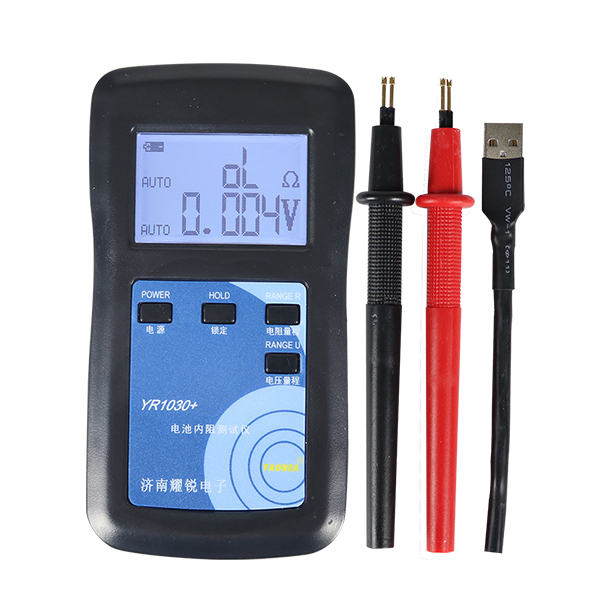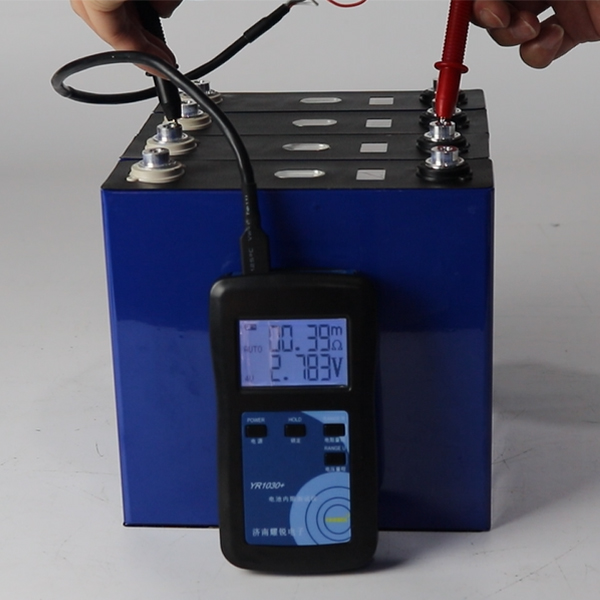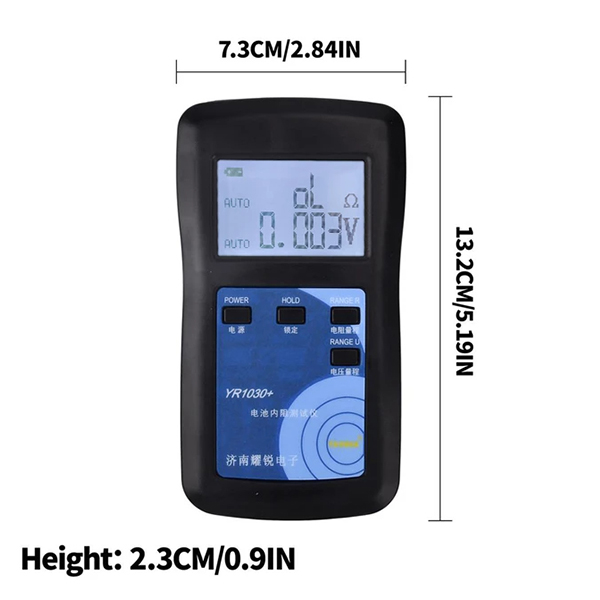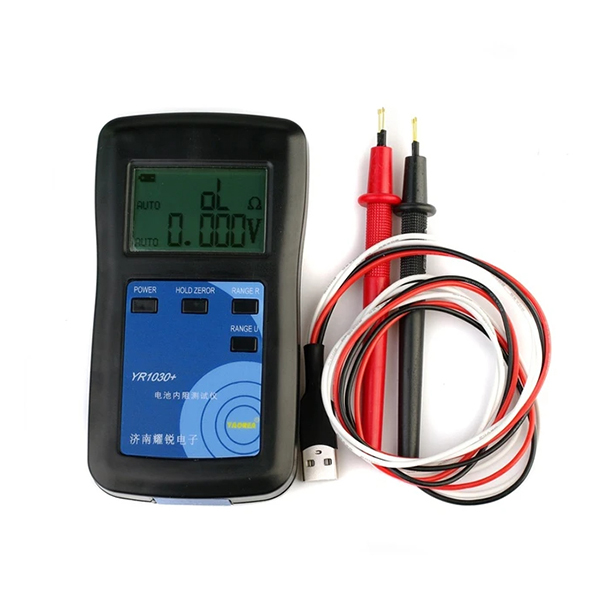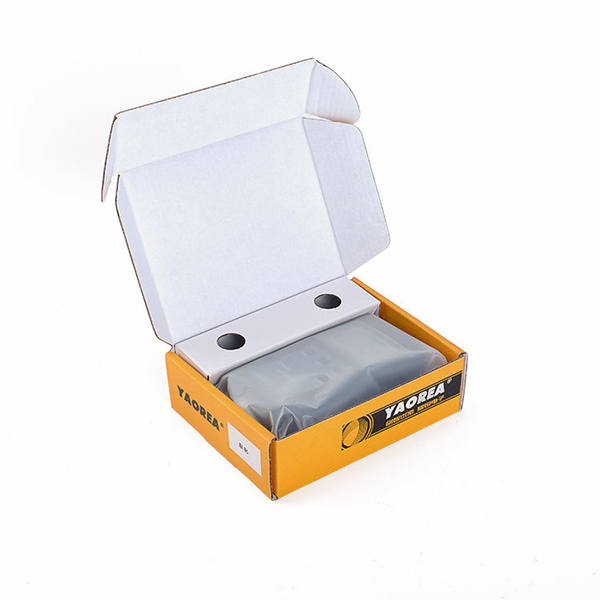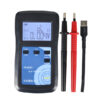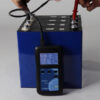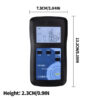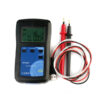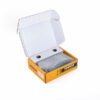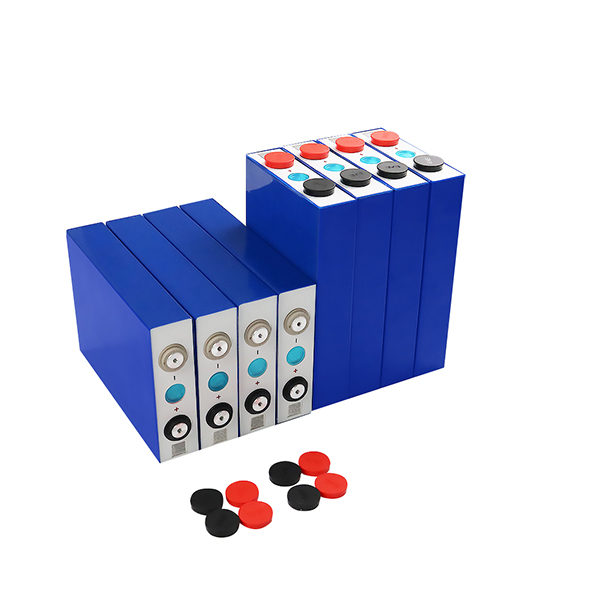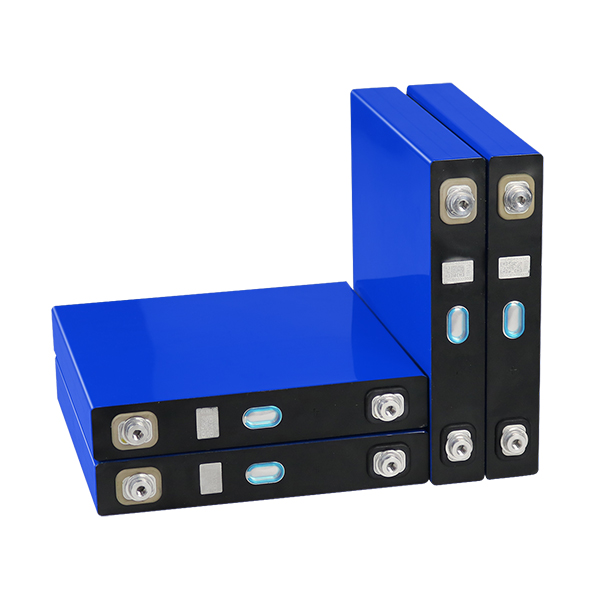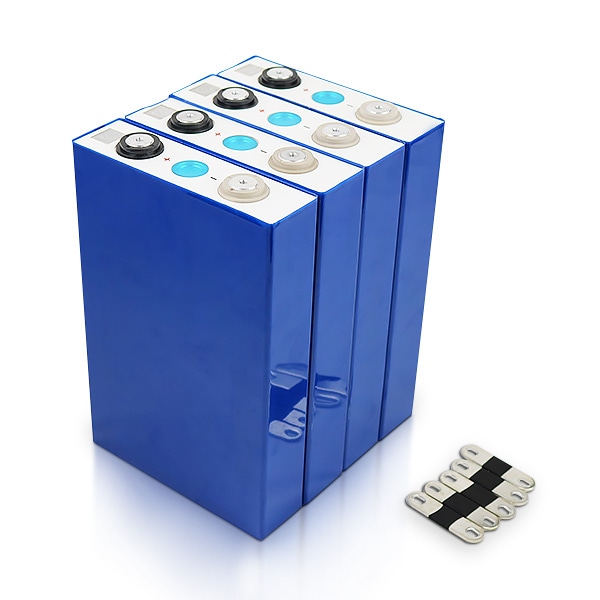EU Stock EnjoyCool Link is On Sale with $400 off!
YR1030+ Lithium Battery Internal Resistance Tester YAOREA
$93.00
YAOREA YR1030+ is used to measure the internal resistance of cells, batteries, resistors and other components. Four-wire and four-point 1 kHz AC-sinusoidal digital meter of internal resistance and battery voltage in the range of 0.00001 ohm to 200 ohm and 0 V to 100 V, designed for measuring batteries of type Pb, Li-Ion, Ni-MH, Li-Pol, LiFePO4, Ni-H2, Ni-Cd, as well as alkaline and dry cells, button cells, resistors, etc.
| Item | Performance |
| Model | YAOREA YR1030+ |
| Operating voltage / charging | 3.7V |
| Maximum charging current | 2A |
| Measuring range | 0 mOhm ~ 200 Ohm; 0 V~45 V DC |
| Probe cable length | approx. 75 cm |
| Operating temperature range | 10 °C~40 °C at relative humidity up to 90% |
| Weight | 200 g |
| Weight including probes | 243 g |
| Case material | ABS |
| Colour | black |
| Dimensions(W × H × D) | 73 × 135 × 25 mm |
Accuracy of internal resistance measurement
| Range | Minimum resolution value | Accuracy ± ([percentage accuracy] + [least significant digit] |
| 20 mOhm | 0.01 mOhm. | 0.7% + 7 (if ZR function is enabled) |
| 200 mOhm | 0.1 mOhm. | 0.5% + 5 |
| 2 mOhm | 1 mOhm. | 0.5% + 5 |
| 20 mOhm | 10 mOhm. | 0.5% + 5 |
| 200 mOhm | 0.1 mOhm. | 0.6% + 5 |
Voltage measurement accuracy
| Range | Minimum resolution value | Accuracy ± (% of reading + % of range) |
| 4 V | 0.001 V | 0.8 % +5 |
| 40 V | 0.01 V | 0.8 % + 5 |
Features
- Digital LCD display, easy to read the measurement result. With backlight, it makes it easy to read in low light areas.
- Adopt 4-wire method which helps to ensure the accuracy of the measured value.
- True four line 1Khz AC sinusoidal battery internal resistance instrument 0.00001 ohm – 200 ohm range.
- Test range up to 200 ohms with a minimum resolution of 0.01 milliohms and less than 5 milliohms.
- Press HOLD to enable the ZR function to measure internal resistance as low as 0.30–0.50 milliohms.
- It is applicable for measurement of internal resistances of Lithium-ion, Pb, Li-Ion, Ni-MH, Li-Pol, LiFePO4, Ni-H2, Ni-Cd cells or assembled battery.
Packing List
- 1 * Tester
- 1 * Pair of Clip
- 1 * Pair of Test Pen
- 1 * Bracket
Differences Between YR1030+ and YR1035+
YR1030+ Maximum voltage: 28V
YR1035+ Maximum voltage: 100V
YR1035+ has higher voltage accuracy and resolution than YR1030+. The internal resistance accuracy is the same.
Application
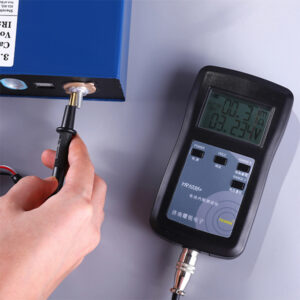 |
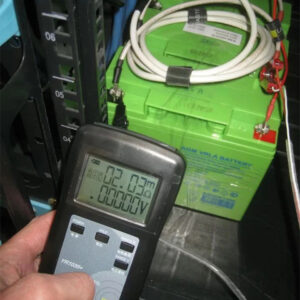 |
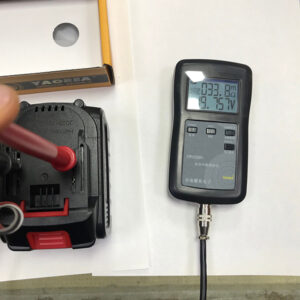 |
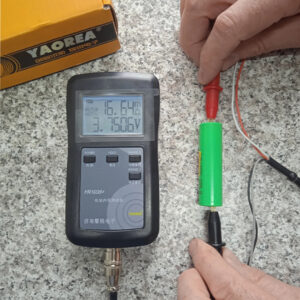 |
Note!
FAQs
Voltage value jitter when not measured after starting up
Under the condition of no test after starting up, it is normal that the voltage has a numerical jitter. The value is a random value, meaningless and has no influence on the measurement results.
Could you tell me how to adjust YR1030+ to zero? There is also a 0.0X mΩ resistance between the two Kelvin clips
There is a wiring sequence for the direct short circuit of the Test line. The clamping sequence is red line, black line, white line, white line. Only when the probe test line contacts the same metal surface can it be the minimum value. The minimum value is generally not zero, but does not affect the measurement accuracy. No processing is required. (The machines are all calibrated before shipment, and no zero adjustment is required normally.)
The internal resistance below 0.3 mΩ cannot be measured, can it?
It is not impossible to measure, and the reading error is large. For example, 1 mΩ error plus or minus 0.03 m Ω , if it is 0.2 m Ω error plus or minus 0.05 m Ω, so more than 0.3 m Ω is recommended. The measured value of 0.05 mΩ is sometimes very accurate, but the uncertainty will make the reference of little significance.
To measure the internal resistance of the 18650 battery, should it be fully charged or not?
If you want to get a general idea, you can test directly. To be precise, if it‘s a new battery, test it on a full charge. Old batteries are tested after they have been drained. But under normal conditions, the change in internal resistance is very small. The better the battery‘s internal resistance, the less it is affected by the amount of charge.
Is the instrument measuring time positive and negative? Will the connection be damaged?
Connect opposite have no influence, divide positive and negative pole. As long as it doesn‘t exceed 28V.
The figures change quickly and cannot be measured.
The test line is not in good contact with the battery, there is strong interference around or the battery is charging and discharging. Normal use will not appear jump.
Is it necessary to take off the battery line to test one of the multiple connections of electric cars? Or can you just measure it?
As long as it is not in startup, or charging, you can directly test one section.
Is it OK to measure the battery pack?
As long as the total measured voltage is less than 28V. However, the resistance of the connecting line between the batteries is often greater than the internal resistance of the battery, so the series measurement cannot accurately measure the internal resistance. It is best to measure the battery poles directly.
Can I measure the internal resistance of capacitance?
The internal resistance value of approximate capacitance.

